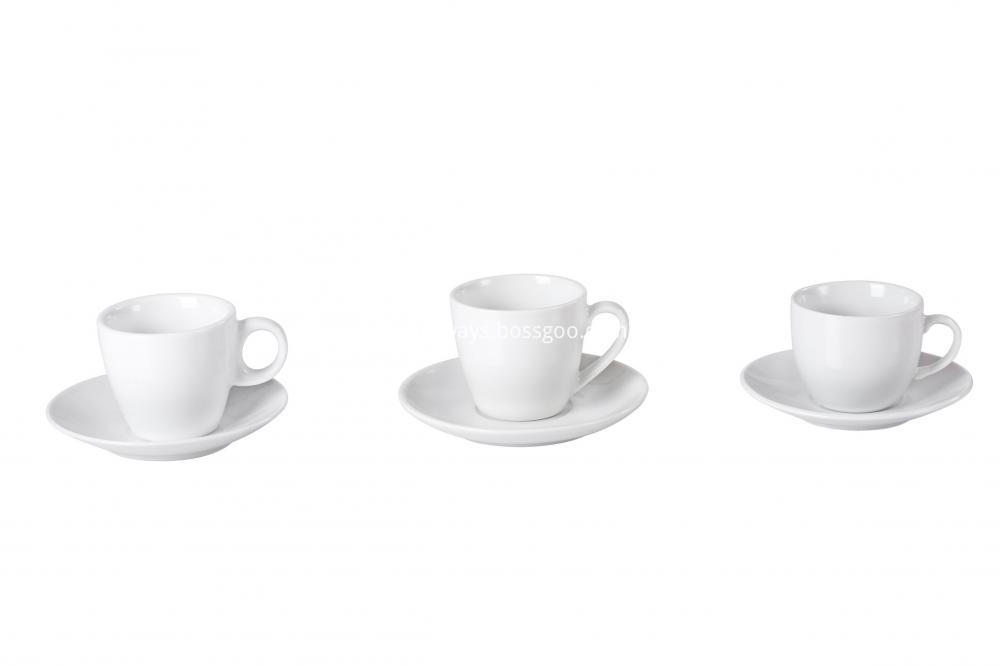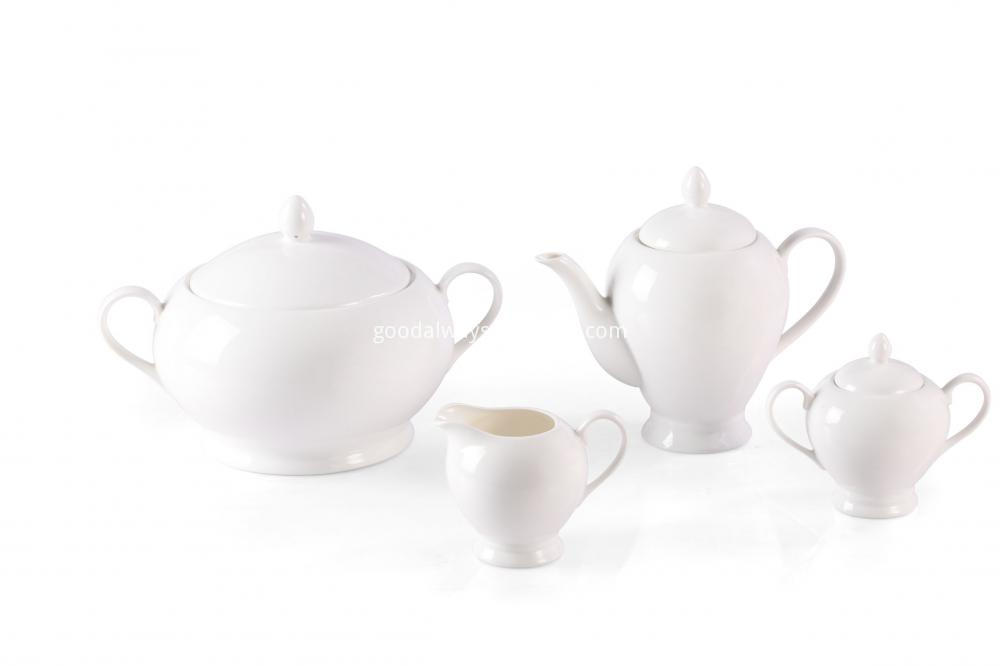Wood knowledge - decay
Decaying wood gradually changes its color and structure due to the invasion of wood rot fungi, causing damage to the cell wall, physical and mechanical properties, and finally becoming soft and brittle, in the form of mesh or powder. It is called decay.
1 white rot: white decay. The lignin is mainly destroyed by white rot fungus, and it can also destroy the formation of cellulose. Most of the damaged wood is white or yellowish white or light reddish brown or dark brown, with a lot of light or white spots, and reveals a fibrous structure; its appearance is like a honeycomb, like a mesh hole, also called a mesh hole decay Or called corrosive decay. In the later stage of white rot, the material is soft and easy to peel off.
2 brown rot: brown decay. It is mainly formed by the destruction of cellulose by brown rot fungi. The appearance is reddish brown and brown, crisp, with crisscrossed blocky cracks in the middle. In the late stage of brown rot, the damaged wood is easily broken into powder, so it is called powdery decay, or destructive decay.
2.1 sapwood decay (external decay): After the trees are felled, the wood rot fungus is formed by the invasion of the sapwood. Because the edge rot produces the sapwood part around the trunk, it is also called external decay. It is usually easy to cause edge rot by standing up trees and pouring wood. Poor wood storage is the main cause of sapwood decay. In case of suitable conditions, the rot will continue to develop.
2.2 Heartwood decay (internal decay) is the decay of the heartwood (or mature material) formed by the wood rot fungus. Because it is inside the trunk, it is also called internal decay. Most heartwoods decay and will not continue to develop after the trees are felled. The heartwood decays into a hollow shape, and the material around the hollow is hard, called "iron eye".
2.3 root decay: referred to as root rot. It is usually formed by intrusion of wood rot fungi into the heartwood of the trunk from the trauma of the root. The decay rises along the trunk, and the smaller it is, the smaller it is like a wedge.
2.4 cadre decay: referred to as dry rot. Usually caused by wood rot fungus from the branch break or trunk trauma into the trunk heartwood. Decay is generally spread up and down, like a cigar shape.
The effect of decay on materials: decay seriously affects the physical and mechanical properties of wood. The weight of the wood is reduced, the water absorption is large, the strength is lowered, and the hardness is particularly reduced. Generally, brown rot has the most significant effect on strength; in the late brown rot, the strength is basically close to zero, and white rot sometimes maintains a certain integrity of the wood. The use of decaying materials that are generally completely deprived of strength will disappear.
Name: Coffee cup sets & Cake plates
Material: Porcelain & Stoneware & New bone china
Style: White/Decal/Handpainted/Color galzed
Capacity: 90cc/110cc/200cc/220cc/250cc/280cc/350cc/1000cc
Shape: Round & Square & Coupe
Using: House & Restaurant
MOQ: 1000sets/item
Port: Shenzhen/Qingdao
Service: OEM
Package: Bulk packing & Gift box/color box



Stoneware Color Coffee,Stoneware Hand Painted Tea,New Bone China Cake,Porcelain Decal Coffee
Shenzhen Good-Always Imp.& Exp.Co.Ltd , https://www.good-always.com